Determining the procedure for using residential premises - cases reviewed by judges regularly. The lack of opportunities to purchase one’s own housing gives rise to conflicts, and many are wondering how to defend their rights in the lawsuit.
Source of problem
A living room is property, like a car, and other valuables. In the Civil Code there are provisions on the use and disposal of common property. The peculiarity of determining the procedure for using residential premises in the absence of a dispute over the right of ownership. The law suggests that people themselves are able to solve this problem. It can take several forms.
One of the owners occupies an area that is less than his share in the total property. The room or premises occupied by the plaintiff is not isolated, and not one of the owners wants to live in it.
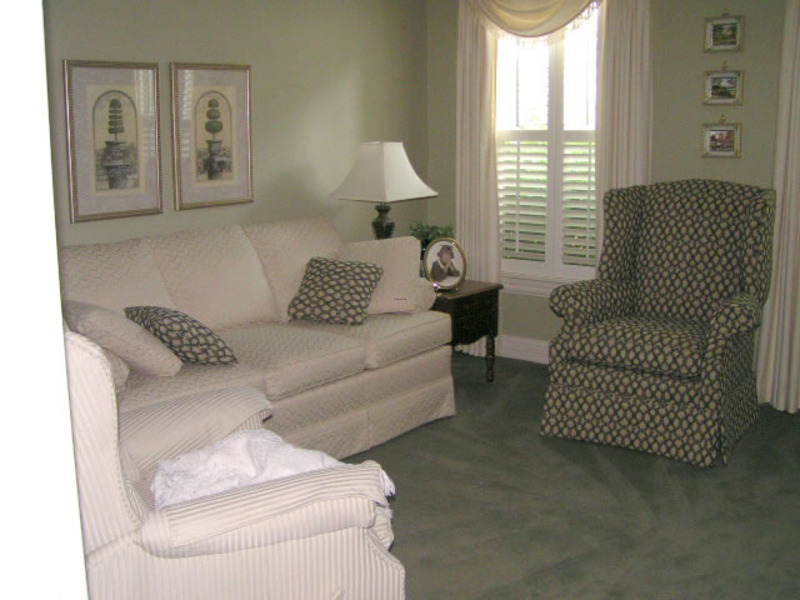
With the exception of owners, a number of rights are also enjoyed by persons residing as family members. They are retained by former spouses after a divorce while living in a house or apartment belonging to one of them.
What do the judges do if one of the owners is absent at the time of the dispute on the territory of the common housing?
In judicial practice, the determination of the procedure for using the premises by the court is made if the division or allocation of a share from a house or apartment is unrealistic. One of the cases when the court has the right to go beyond the requirements of the claim.
Allocation means the reconstruction of the object so that each owner has a separate kitchen, bathroom, entrance and other attributes of a separate house or apartment.
Subject of dispute
Determining the procedure for using the premises is possible in the case of several owners. If disputes arise in a communal apartment, where personal accounts, rooms are divided, and the kitchen and other rooms remain common, then the dispute concerns exclusively common rooms.
A previously defined period of time, privatization of housing was carried out without allocation of shares of owners. Then this provision ceased to apply, but even now there are disputes when shares are not allocated. The solution is either an agreement on the determination of shares, drawn up and certified by a notary, or filing a lawsuit.
It is up to everyone to decide whether or not to include requirements for the use of the premises in the application.
Conclusion of an agreement
Studying court decisions in such cases, researchers note the expression "established order of use." During the trial, the judges are interested in how the co-owners or co-owners use the common room. No documented arrangements were made out.
The legislation allows you to enter into an agreement on the determination of the use of premises.
The agreement distributes who uses which premises on an ongoing basis and describes how to use shared housing.
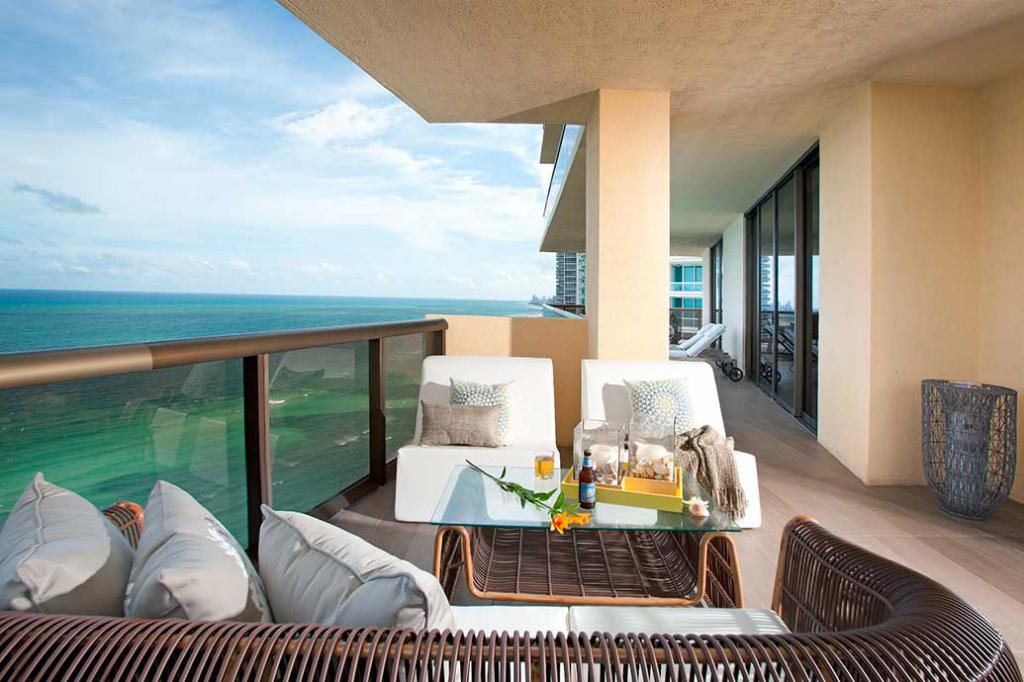
The detail of the document depends on the desire of the parties and the conditions that they would like to see. You can draw up paper on your own or with the help of a lawyer, or contact a notary. Notarial documents in the minds of citizens have a more substantial weight.
Does the conclusion of an agreement on determining the procedure for the use of residential premises preclude the appearance of a legal dispute in the future? No, it can still arise, and besides, the law does not prohibit, within the statute of limitations, to challenge the legality of the provisions of the contract.
If one of the parties does not want to fulfill the agreement, then the other co-owners or tenants are entitled to go to court to protect their rights. In life, the facts of concluding such transactions are rare.
Whether to send a letter before applying to a judge
The lawsuit to determine the procedure for using the premises does not require compliance with the pre-trial procedure for resolving the dispute. What is this about? If the judge asks if there were attempts to do without his help, it is enough to say that they were made. The law does not oblige the court to refuse to open a case without documents confirming the use of the pre-trial procedure for resolving the dispute.
It does not make sense to write to the prosecutor’s office or the police, determining the procedure for using the premises is a decision that is exclusively within the competence of the court. No other body has the right to decide it.
Which court is applying
In Russia, civil cases are heard by district and world courts. The Code of Civil Procedure clearly states that disputes on the procedure for using common property fall within the competence of justices of the peace. A lawsuit that includes claims at the same time that is subject to litigation in both the district and the magistrates' courts is considered by the district court.
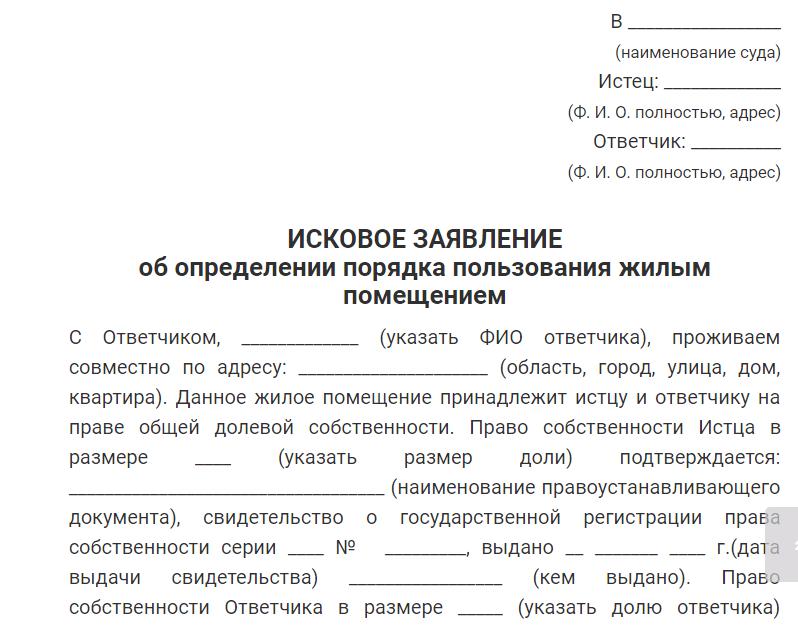
If the plaintiff supplements the application with a claim that the district court has the right to consider, the justice of the peace terminates the case and sends it there. There, the trial begins from the very beginning. In this case, we are talking about the recovery of damage or claims for the separation or division of the object. The application price will be above 50 thousand rubles.
A lawsuit to determine the procedure for using residential premises is filed at the location of the property. Which world section the relevant address belongs to is indicated on the website of magistrates or a district court.
Drafting a statement
The determination of the procedure for using the premises in court is subject to the correct execution of the application. If you miss something, the judge will return the documents or leave them without movement. And what are the requirements of the law:
- name of the court where the documents are sent;
- information about the plaintiff (full name, place of residence, zip code, mobile phone number);
- information about the defendant (full name, place of residence);
- a description of the threat or risk of violation of rights, how the rights of the plaintiff are violated - the circumstances of the dispute;
- evidence confirming the facts or circumstances described in the lawsuit;
- claim requirements (request or indication to whom, which premises to allocate);
- Appendix (list of copies of documents attached to the claim);
- signature of the plaintiff or his representative and date of filing of the claim.
The number of copies of the claim and the attached documents depends on the number of parties to the dispute and one set is handed over to the judge.
How to write a statement on the determination of the use of premises? The sample is presented above.
Proof of
As such, documents, receipts, letters, e-mails are attached to the claim, provided that it is possible to confirm their source. Regularly, judges resort to using witness testimonies to clarify the prevailing order of residence in an apartment or house.
They are called at the request of the parties with the permission of the court. It is necessary to indicate exactly what information a witness can provide. The list of those (their name, place of residence) is indicated in the suit, among the list of requirements for the court. It is not forbidden to submit a petition by letter or orally. A statement drawn up in advance through the office will protect against the risk of serious violations by the judge.
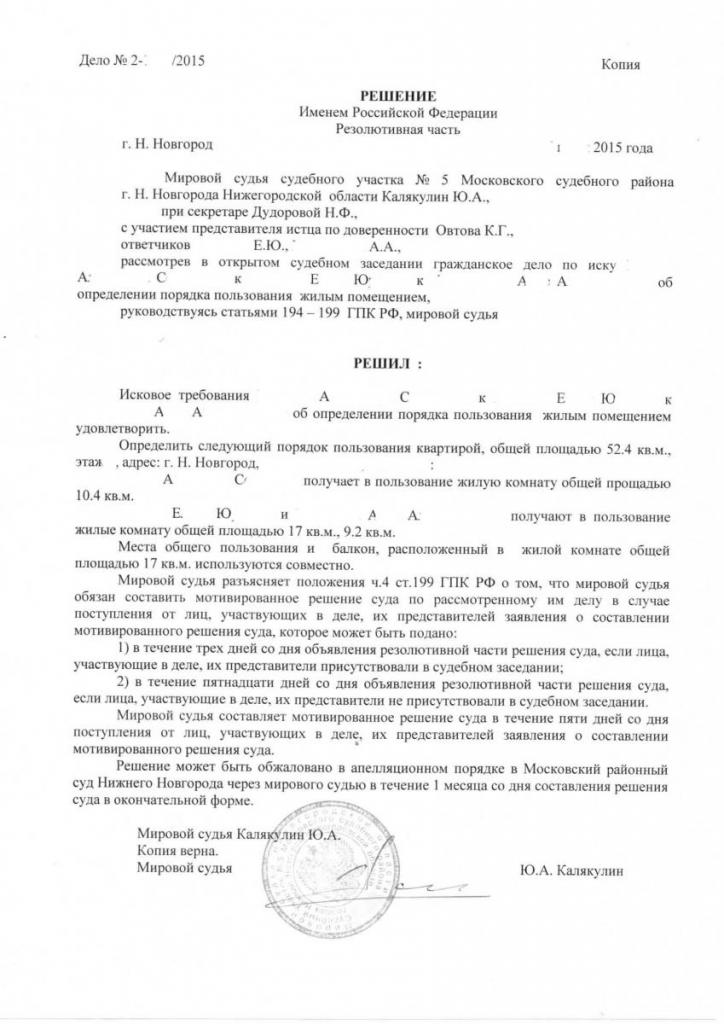
Among the documents confirming disputes are police reports and decisions issued by courts under the Code of Administrative Offenses.
In such cases, a dispute is settled over the payment procedure for housing services. The evidence of the dispute in this regard is a copy of the responses from the RNO and the managing organization.
What are the features of the proceedings
What circumstances does the court find out in the dispute on determining the procedure for using the premises.The statement of claim must contain the following information.
- size of shares held by the owners;
- the actual procedure for using shared housing;
- Does the party really need this room?
- how real is cohabitation.
It is not difficult for a court to establish either the first or second points. In the first case, enough documents from Rosreestr about ownership. In the second, the plaintiff and the defendant themselves talk about the built-up pattern of living in a common apartment or common house.
The task of the court is to balance the rights and interests of the parties to the dispute. So, for example, it is undesirable to allocate a room for use to the owner, which is much smaller in area than his share.
Regarding need. Some citizens own several real estate properties and live in one of them. Not only property rights to other objects are taken into account, but also the right to reside. The possibility of providing each of the owners with a separate room for living will be clarified.
Right to compensation
For objective reasons, it is not always possible to comply with an option that would preserve the possibility of simultaneous residence of all owners in residential premises. In such a situation, a party has the right to receive compensation for its share. The law implies its insignificance. However, if a person has no where else to live, then the court should not automatically seek compensation.

If one of the co-owners uses more living space than his share in the right of ownership, then he will also be paid compensation for the use of the claim.
The application for determining the procedure for using the premises must contain clauses on the payment of monetary compensation. It may be presented in the proceedings.
A few case studies
In one of the cases examined, the plaintiff asked to leave a room in his use, and to allocate a second room, which is smaller, to the other side. Moreover, the established procedure for using a common apartment has been this way for a long time. The defendant lived with his family in another place, as they were given confirmation by the court, but asked to transfer a large room to him. The court agreed with the plaintiff, as he needed this room to a greater extent.

The judicial practice of determining the procedure for using residential premises has developed the following approach to compensation. Owners had equal shares. But there was no opportunity to allocate to everyone according to the premises, and the court decided to order the payment of compensation.
The impossibility of living can be associated with the state of human health (diseases in which there is a need for a separate room).
If family members (spouse, other persons) live together with one of the owners, then their interests are taken into account. Disability also in some situations gives privileges to a large living space.
Features of the judicial act
The court decision on determining the procedure for using the premises is written taking into account the norms of the Civil Procedure Code and housing legislation, as well as the provisions of the Civil Code on common property.
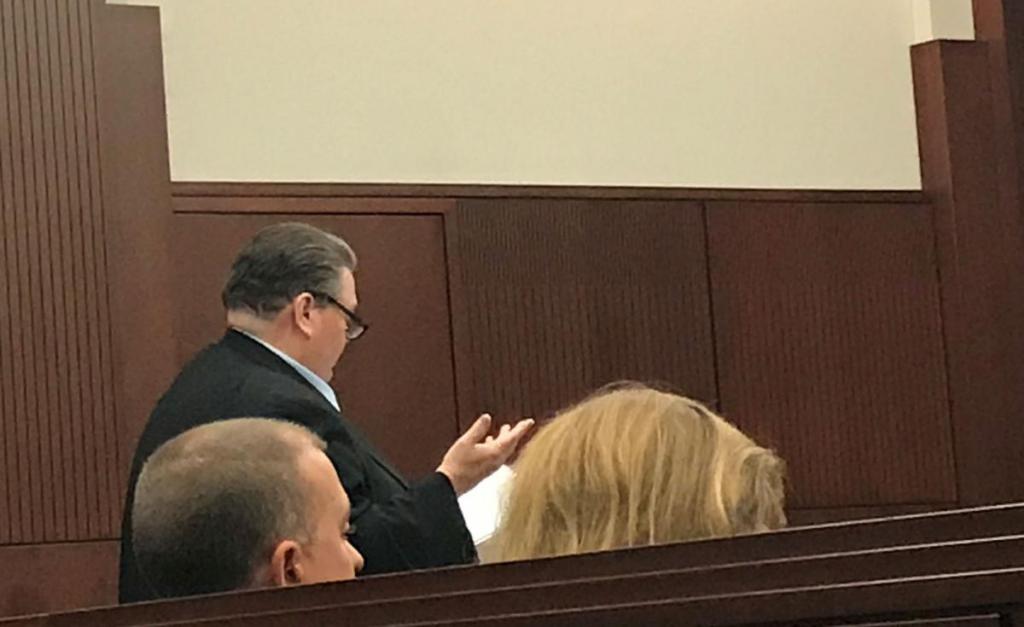
The judicial act describes the requirements of the plaintiff, the arguments of the defendant, the facts established by the court. No less important is the motivation and interpretation of the law in relation to a specific situation.
If the court agrees with the requirements of the claim, it shall indicate which premises are allocated to the plaintiff and which to the defendant. Compensation is being resolved provided this requirement is stated.
The judge either establishes the order of use proposed in the lawsuit, or another at his discretion.
The judge has the right to determine the procedure for payment of housing and communal services by dividing personal accounts, provided that the question is raised in the lawsuit.
Finally
The statement of claim on determining the procedure for using the premises is filed only by the owners or one of them if disputes arise.
The success of a case depends not only on the language used to write the claim, but also on the circumstances of the case. For example, how much the plaintiff needs a larger area, did he ask to split personal accounts, etc.
The judge in his decision has the right, based on the lawsuit and circumstances of the case, either to completely refuse the requirements, or partially. The order of use proposed in the application may be rejected, and the judge will establish another, in his opinion, more in accordance with the law and the interests of the parties.
